According to the Soc Trang Province Hydrometeorological Station, in 2025, the hot season is likely to occur at a level similar to the average of many years, from mid-to-late March 2025 to early May 2025. The highest temperature during the day can reach 36 - 36.5°C. The impact of hot weather during the day and low temperatures at night has created a temperature difference between day and night, leading to fluctuations in the shrimp pond environment, making shrimp susceptible to acute hepatopancreatic necrosis, white feces, and EHP, affecting growth and causing damage to farmed shrimp. Therefore, during hot weather, shrimp farmers need to manage their ponds well by monitoring weather and environmental developments, taking water into the pond with a suitable salinity of 5‰ or higher, and when taking water into the pond, they need to treat and adjust environmental factors to ensure stability and optimization for shrimp farming, such as salinity of 5‰ or higher, average pH of 7.5, alkalinity of 120mg/l, transparency of 20 - 35cm, dissolved oxygen greater than 5mg/l; closely monitor and control toxic gases such as NH3, NO2, H2S during the farming process.
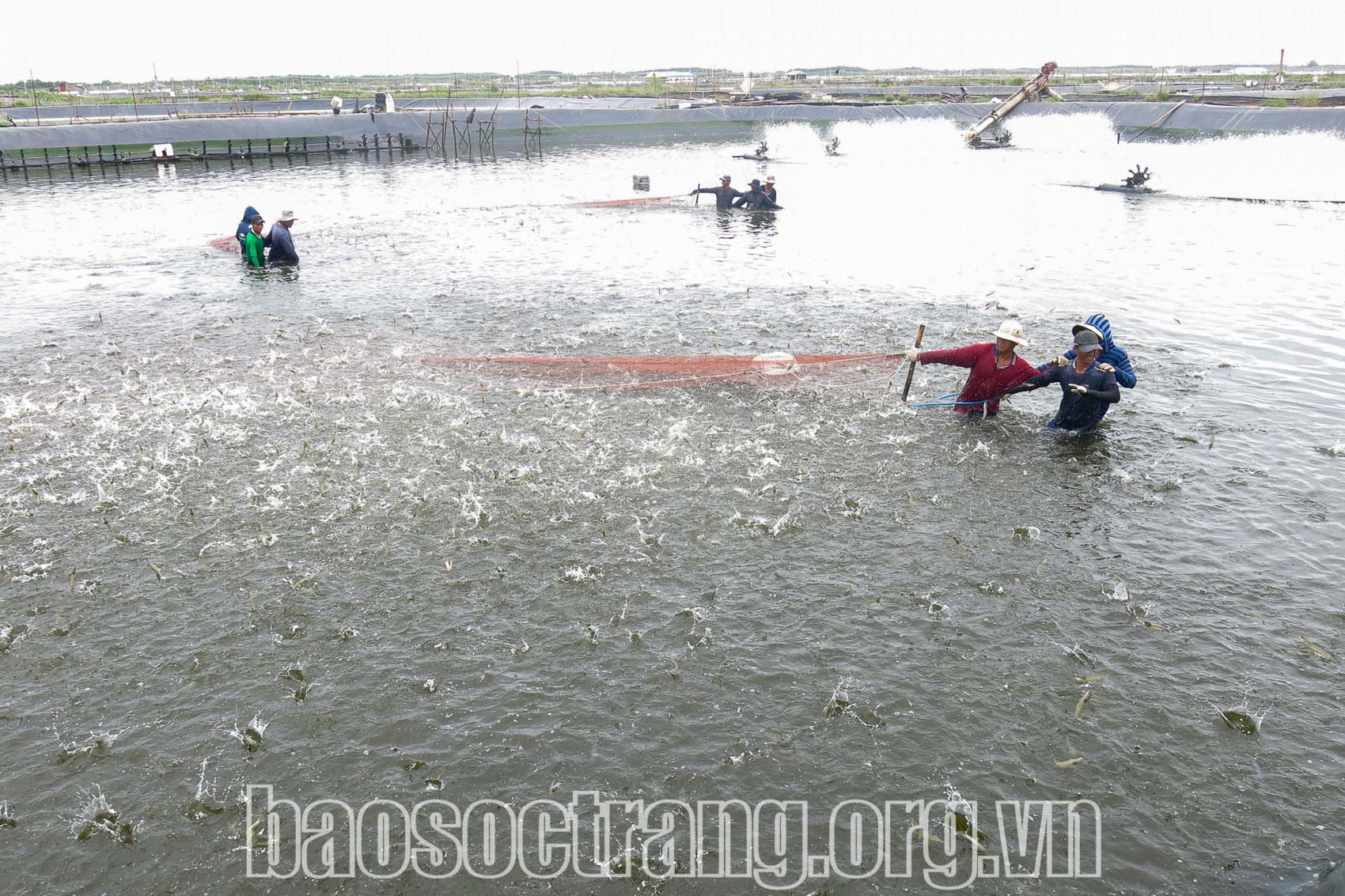 |
| Soc Trang province has an annual brackish water shrimp farming area of about 51,000 hectares. Photo: THUY LIEU |
Regularly add lime, minerals, especially Calcium, Magnesium, Potassium to shrimp, especially in low salinity ponds to prevent curved body disease - soft shell disease, increase shrimp resistance. Shrimp stocking density should be moderate to reduce risks, better manage the environment and shrimp grow quickly. Periodically take water samples to check the density of harmful bacteria (vibrio) in shrimp ponds with a frequency of 2 times/week, control the total vibrio density at a low level < 1,000CFU/ml and the presence of vibrio causing hepatopancreatic necrosis disease (V. Parahaemolyticus) and vibrio causing white feces disease (note that in case of shrimp, especially whiteleg shrimp, showing signs such as: stunted growth, poor appetite, slow growth, large size deviation, shrimp meat is white and opaque in patches, it is necessary to immediately report to the professional agency to take samples for pathogen testing).
For feeding shrimp, in times of intense heat and water temperature > 33°C, it is necessary to cut the shrimp feeding time or reduce the amount of food by 30 - 50%; at the same time, increase the use of microorganisms, digestive enzymes, and organic acids to support the intestines to help shrimp digest food well, clean the pond water environment until the weather and pond environment are stable, then gradually increase the amount of food again. Shrimp should be fed from a little to enough and divided into many meals a day, ensuring that the dissolved oxygen content in the water is always ≥ 5mg/l to ensure oxygen for farmed shrimp and beneficial aerobic microorganisms to develop in the shrimp pond.
Particularly for farmers preparing to release shrimp seeds, it is necessary to strictly follow the recommendations of the professional sector on the seasonal calendar and choose the appropriate release time according to the conditions of each locality.
For shrimp farming to develop well, Mr. Do Van Thua - Deputy Head of the Department of Fisheries of Soc Trang province recommends that before farming shrimp, farmers need to thoroughly renovate the pond and eliminate intermediate hosts carrying pathogens (shrimp, trash fish, mussels, crabs, snails, crustaceans) before taking water into the pond. If possible, farmers should set aside a part of the area to design the pond according to a multi-stage rearing model, with water circulation/lining with siphon holes at the bottom of the pond, to better manage the environment and proactively control the water source, and control the health of the shrimp.
Select the seed from a reputable, branded facility with a clear origin and facility, certified as a facility qualified to produce and raise aquatic seeds, the seed has a quarantine certificate and must be tested for at least 3 diseases: white spot, acute hepatopancreatic necrosis and EHP. Release the size of the shrimp from post 15 and the card from post 12 and above, the shrimp are uniform, swim quickly, swim upstream, have good reflexes to noise, the hepatopancreas and intestine are dark, the deformity rate is less than 0.5%. At the beginning of the season, it is recommended to release the seed for testing, spreading it over a part of the area, if the seed is good, the environment and weather are favorable, then continue to release. It is necessary to arrange an additional shrimp nursery pond in the early stages of about 100 - 200m2 and raise the shrimp for 15 - 30 days to release large-sized shrimp.
Shrimp farmers need to pay attention to the recommendations of experts on weather developments to protect their shrimp, especially by carefully renovating the pond before stocking and choosing shrimp of clear origin.
THUY LIEU
Source: https://baosoctrang.org.vn/kinh-te/202504/quan-ly-tot-tom-nuoi-nuoc-lo-trong-thoi-diem-nang-nong-2912c8a/





![[Photo] Prime Minister Pham Minh Chinh chairs conference on anti-smuggling, trade fraud, and counterfeit goods](https://vphoto.vietnam.vn/thumb/1200x675/vietnam/resource/IMAGE/2025/5/14/6cd67667e99e4248b7d4f587fd21e37c)







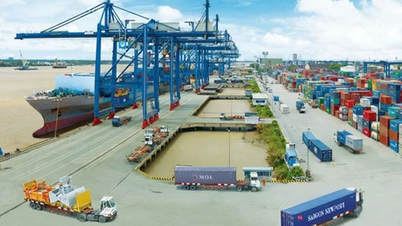









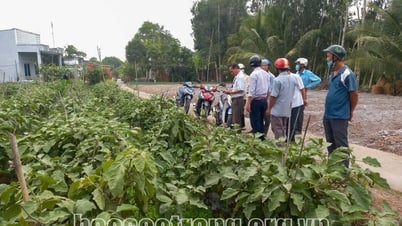


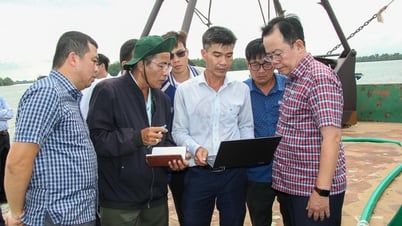
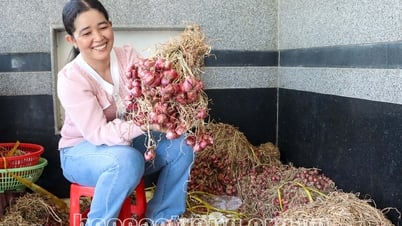






















































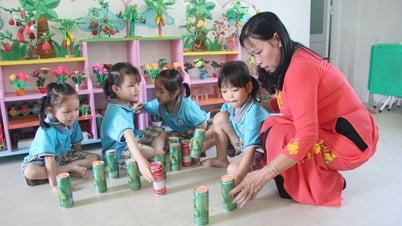







Comment (0)